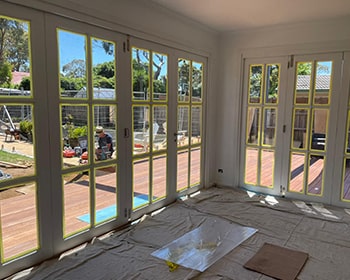Life is always better with a pet. As responsible pet owners we have always been careful about what we feed our pets and what we let them play with. Living with a cat or dog can make your home a lot messier, as your four-legged friend can cause trouble in your home- especially during residential painting in Pakenham.
Danger Of Residential Painting for Pets
While we think of residential painting as being an innocuous matter, paints can have a disastrous effect on the health of our pets. Traditional paints are so toxic to our four-legged friends because of the mixture of dangerous chemicals that they contain, which includes solvents and volatile organic compounds. These chemicals create an emission of toxic gasses, which can dreadfully affect pets.
Unfortunately, the full extent of the harm caused by these toxic gasses is unknown. Still, symptoms can include irritation to eyes and skin, causing pets to become dazed or dizzy and, in extreme cases, full body hair loss. Paints are not the only dangerous decorating products; it’s also important to keep an eye on varnishes, paint removers and white spirits.
You perhaps think that keeping doors and windows open will let these gasses escape, but this is not always true. Pets are most vulnerable while paints are drying, but fumes can still be released long after they have dried. The danger isn’t limited to the inhalation of these gasses, as pets can ingest these toxic substances by licking or eating the paint.
- Use Toxic-Free Paint Tints
While considering your paint options, be sure to check the label and select a product that is non-toxic. Formulas made from natural ingredients such as plant dyes, water, and essential oils are excellent, but sometimes don’t have pigments potent enough to make the colour pop. We recommend a product line which has zero VOCs (volatile organic compounds) and therefore discharges little to no harmful fumes.
- Use Stain-Proof Colour
Before you get carried away with residential painting of your dining room in every colour of the rainbow, there are a couple of matters every pet lover should consider. Firstly, colours like bright red, green and blue will tend to show smudges. Secondly, if you go for a darker tone, we recommend a natural shade like charcoal, brown or olive. These tones look cleaner, as most smudges and scratches will blend in unnoticed. You could also consider a soft white cream; that way when a stain rears its ugly head, you can jump in and touch-up smoothly and swiftly.
- Get The Right ‘Finish’
Probably the most critical part of pet-friendly paint selection is the finish you choose. With so many options available, it’s easy to get overwhelmed and pick up the first one you see. Take a peek at the label and make sure you have a lower sheen finish, such as a semi-gloss. Semi-gloss and satin finishes have just the right amount of lustre to avert smudges that come from tails, claws, and paws.
Regards: Unistar Painting


